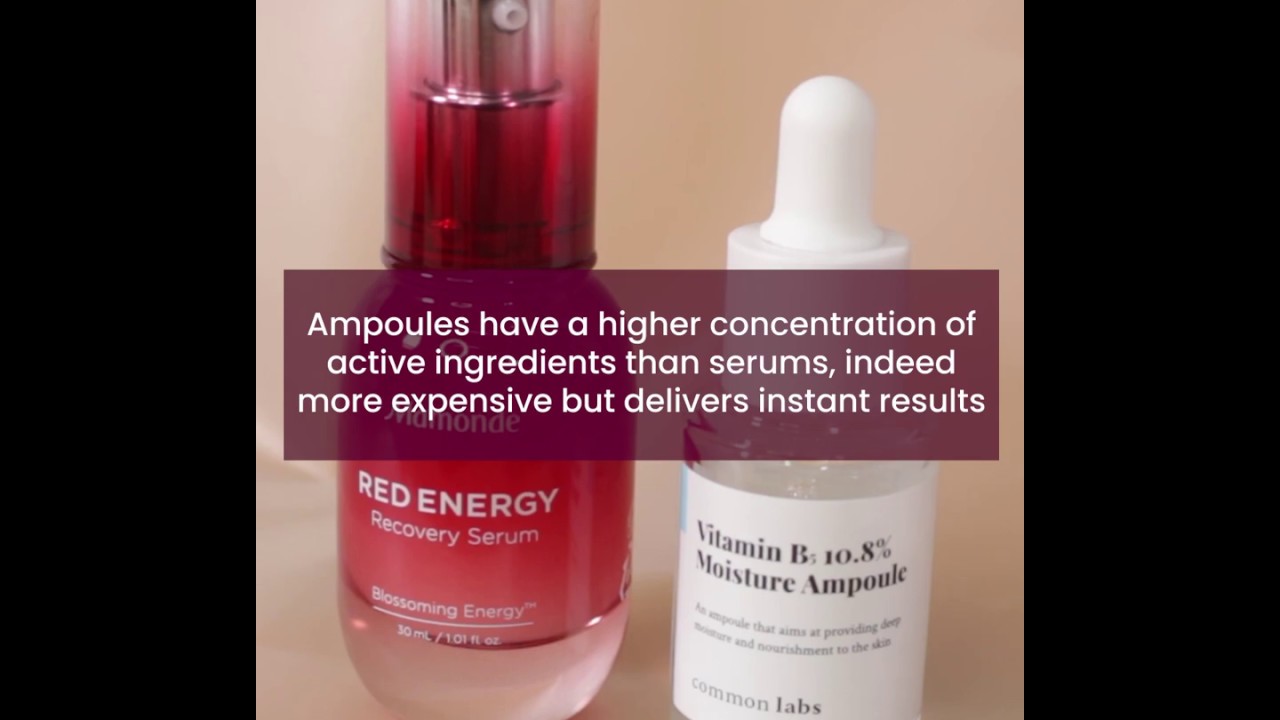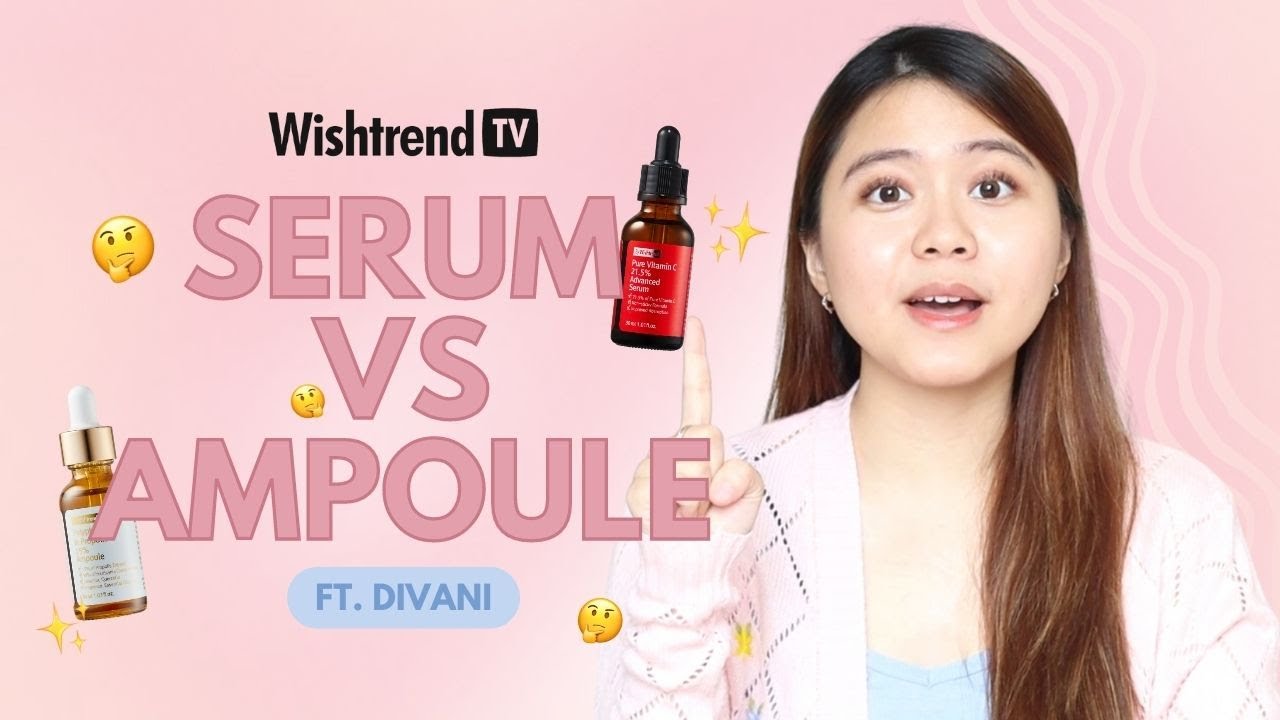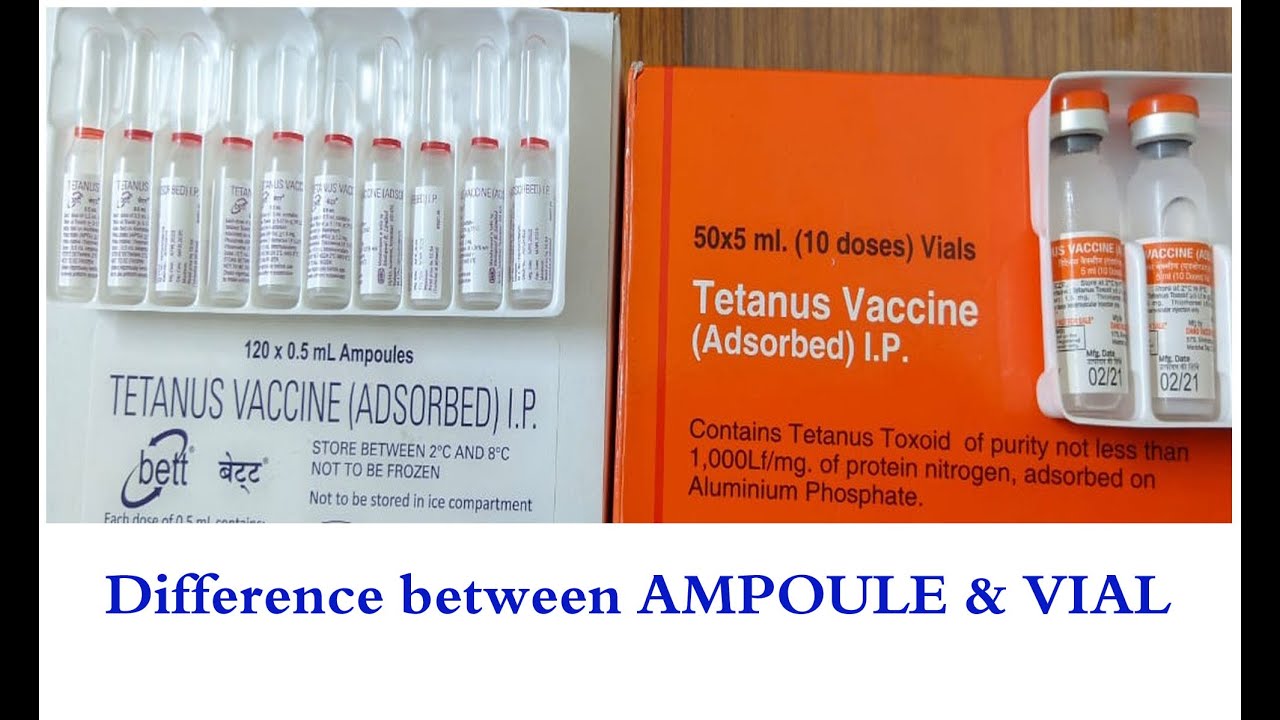Comparing vial ampoules vs regular serums for effectiveness: Dive into the glamorous world of skincare science! We’re peeling back the layers (pun intended) to uncover the truth behind these delivery systems. Are those fancy little glass vials truly superior, or is your trusty serum bottle just as effective? We’ll explore the science behind absorption rates, ingredient stability, and even the environmental impact – because saving the planet is just as important as saving your complexion.
Get ready for a beauty deep dive!
This comparison delves into the nitty-gritty of vial ampoules and regular serums, examining their physical properties, ingredient profiles, manufacturing processes, and ultimately, their effectiveness. We’ll dissect the science behind absorption rates, ingredient stability influenced by packaging and storage, and explore how each delivery method performs for various skin concerns. Prepare to be amazed (or maybe just mildly intrigued) by the world of skincare science!
Vial Ampoules vs. Regular Serums: A Face-Off for Your Face
The skincare world is a battlefield of potions and promises, and two key contenders often clash in the quest for radiant skin: vial ampoules and regular serums. Both deliver active ingredients, but their approaches differ dramatically. This deep dive will unpack the differences between these delivery systems, examining their effectiveness, user experience, and environmental impact with a healthy dose of humor.
Introduction to Vial Ampoules and Regular Serums, Comparing vial ampoules vs regular serums for effectiveness
Think of vial ampoules as the VIPs of the skincare world – single-use, concentrated doses of potent ingredients, often housed in elegant glass ampoules that you dramatically snap open (a satisfying
-crack!*). Regular serums, on the other hand, are the everyday heroes, usually bottled in plastic or glass, offering a more prolonged skincare experience.
| Feature | Vial Ampoule | Regular Serum | Key Differences |
|---|---|---|---|
| Packaging | Individual glass ampoules | Bottle (plastic or glass) | Ampoules offer single-use, preventing contamination; bottles provide multiple uses but increase risk of contamination. |
| Volume | Typically 1-2ml | Varies widely (5ml-100ml+) | Ampoules offer precise, concentrated doses; serums offer larger volumes for extended use. |
| Preservation | Often no preservatives needed due to single use | Preservatives often required to maintain stability and prevent microbial growth | Ampoules minimize the need for preservatives, reducing potential irritation; serums require preservatives, which can be irritating to some. |
| Typical Ingredients | High concentrations of active ingredients (e.g., Hyaluronic Acid, Vitamin C, Retinol) | Variety of active and supporting ingredients | Ampoules focus on potency; serums may incorporate a wider range of ingredients for synergistic effects. |
| Manufacturing | Sterile filling process in a controlled environment | Manufacturing processes vary but typically involve mixing, filling, and sealing | Ampoule manufacturing prioritizes sterility and preservation; serum manufacturing focuses on efficient, large-scale production. |
Comparing Active Ingredient Delivery and Stability
The race is on! Let’s see how these delivery systems stack up in terms of ingredient absorption and longevity.
Generally, vial ampoules boast higher bioavailability due to their immediate application and lack of preservatives. The direct contact of the concentrated active ingredients with the skin allows for quicker absorption. Regular serums, while potentially containing the same active ingredients, may experience slightly slower absorption due to the presence of other ingredients and preservatives.
Glass packaging, often favored for ampoules, provides superior protection against UV degradation compared to plastic, which can leach chemicals and break down over time. This impacts the shelf life and efficacy of light-sensitive ingredients like Vitamin C. However, glass is heavier, more fragile, and less environmentally friendly than plastic.
| Storage Condition | Vial Ampoule (Glass) Degradation Rate (Hypothetical Example) | Regular Serum (Plastic) Degradation Rate (Hypothetical Example) |
|---|---|---|
| Room Temperature, Dark | 5% per year | 10% per year |
| Room Temperature, Light Exposure | 15% per year | 25% per year |
| Refrigerated, Dark | 2% per year | 7% per year |
Effectiveness and Efficacy in Different Applications

The battleground shifts to specific skincare needs. Let’s see which delivery system reigns supreme for various skin concerns.
For instance, a high-concentration Vitamin C ampoule might be more effective for brightening and reducing hyperpigmentation compared to a lower-concentration serum. Conversely, a hydrating serum with hyaluronic acid and other humectants might offer superior long-term moisturizing effects compared to a single-use ampoule.
Ampoules excel in delivering potent doses for targeted treatments like acne breakouts or wrinkle reduction, while serums offer broader, longer-term maintenance.
User Experience and Practical Considerations
Time to consider the practical aspects – convenience, cost, and the planet.
- Vial Ampoules: Pros: luxurious experience, precise dosage, minimal preservatives. Cons: more expensive per use, generates more waste, requires more effort to open.
- Regular Serums: Pros: cost-effective, convenient, less waste. Cons: potential for contamination, preservatives may irritate sensitive skin.
The cost-effectiveness depends on the concentration and amount of active ingredients. While ampoules may be more expensive per unit, their concentrated formula might require less product for the same effect.
Environmentally, glass ampoules have a higher carbon footprint due to manufacturing and disposal. Regular serums in plastic bottles pose a significant plastic waste problem, unless the packaging is recyclable.
Illustrative Examples

Let’s examine some specific ingredients and their performance in both delivery systems.
Example 1: Hyaluronic Acid: A hyaluronic acid ampoule delivers intense, immediate hydration. A regular serum provides longer-lasting hydration but may require more product.
Example 2: Retinol: Retinol in an ampoule offers a potent dose, potentially causing initial irritation. A regular serum provides a gentler introduction, reducing irritation but potentially requiring longer treatment.
Example 3: Vitamin C: A Vitamin C ampoule, due to its higher concentration and potentially better protection from degradation in glass, shows more significant brightening effects compared to a serum.
Hypothetical Clinical Trial: Imagine a clinical trial comparing the efficacy of a 20% Vitamin C serum delivered via an ampoule versus a regular serum bottle over 8 weeks. The ampoule group might show faster improvements in skin brightness and evenness due to the immediate, high concentration. However, the serum group might show similar results over the longer term, with less initial irritation.
Visual Representation: Imagine a graph showing penetration depth. The line representing the ampoule would show a steeper, quicker rise, reflecting rapid absorption. The line for the regular serum would be gentler, demonstrating slower but more sustained penetration.
Final Conclusion: Comparing Vial Ampoules Vs Regular Serums For Effectiveness

So, vials versus bottles: the battle of the beauty delivery systems is far from over! While vial ampoules often boast superior stability and faster absorption, regular serums offer convenience and cost-effectiveness. The ultimate victor? It depends on your specific skincare needs and priorities. Ultimately, choosing the right delivery system is about finding the perfect balance between efficacy, convenience, and budget – a truly personal quest for radiant skin.
Now go forth and glow!
